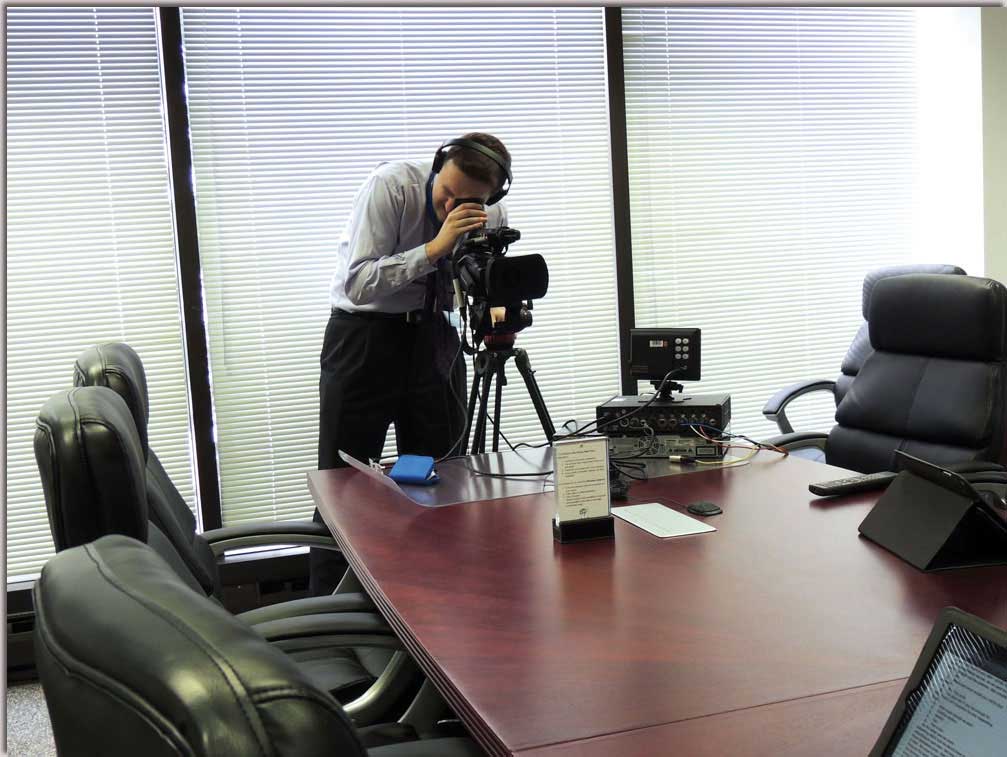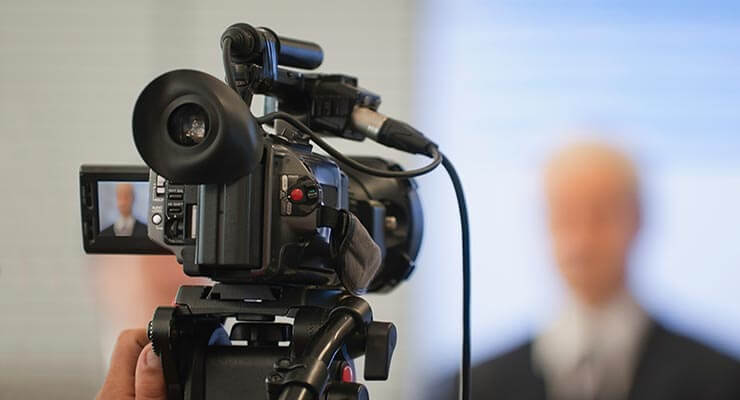Advanced Legal Videography for Depositions.
Advanced Legal Videography for Depositions.
Blog Article
Why Legal Videography Is Crucial for Accurate Legal Record-Keeping
In the realm of legal procedures, the accuracy of record-keeping is critical, and lawful videography emerges as a crucial tool in this context. As we explore the complex advantages of legal videography, one should consider its implications for the future of judicial integrity and transparency.
Significance of Visual Evidence
Establishing the value of aesthetic evidence in lawful process is paramount for making certain exact record-keeping and enhancing the overall stability of the judicial process. Visual proof serves as an important tool in recording events, conditions, and various other essential information that may be necessary to a case. Unlike written accounts, which are vulnerable to interpretation and bias, visual recordings supply a goal, unalterable depiction of facts as they took place.


This kind of evidence can record a selection of aspects, consisting of witness actions, ecological context, and physical evidence, every one of which might affect judicial outcomes. By providing a clear and detailed visual story, legal videography gets rid of obscurity and aids to protect the authenticity of the evidence.
Moreover, visual proof can be critical in reducing conflicts over valid discrepancies, as it enables for a direct comparison against testimony and various other recorded records. In a period where digital technology is significantly prevalent, the capacity to present visual proof successfully can significantly boost the total quality of lawful process. Eventually, the consolidation of aesthetic proof not just strengthens the documents procedure yet likewise reinforces public count on the judicial system by advertising transparency and accountability.
Enhancing Statement Reputation
The combination of lawful videography into court room process considerably boosts the reputation of witness statement. By catching the subtleties of spoken and non-verbal interaction, video clip recordings supply a more extensive depiction of a witness's behavior, feelings, and dependability. This visual documentation enables jurors to observe the witness's body language, facial expressions, and overall carriage, which are important components that can affect their understanding of testament reliability.
Moreover, lawful videography lowers the capacity for false impression or distortion of testament that might occur in created transcripts. Viewers can see and listen to the statement as it was offered, making sure that the context and tone are maintained. This credibility fosters a higher sense of trust among jurors, who may be much more inclined to think testament that they can witness firsthand.
Furthermore, the presence of video clip footage can prevent witnesses from supplying deceptive or overstated declarations, as they are conscious that their statement is being taped. This liability enhances the stability of the judicial process. Ultimately, lawful videography acts as a crucial device in making certain that witness testimony is not only accurately illustrated however additionally seen with heightened trustworthiness by all events included.
Comprehensive Document Conservation
Comprehensive document preservation is crucial for keeping the honesty of legal procedures. Lawful videography serves as an essential tool in this process, supplying an exact aesthetic and auditory account of testimonies, depositions, and various other zero hours in a case. Unlike typical written transcripts, video recordings catch the subtleties of body movement, tone, and emotion, which are crucial for recognizing the context and intent behind declarations made during lawful proceedings.

Furthermore, the ability to evaluate video evidence allows attorneys to recognize important details that may have been forgotten in written records. By maintaining a thorough archive of legal process via videography, law practice can maintain the highest possible criteria of precision and responsibility, inevitably adding to a fairer judicial procedure.
Simplifying Legal Proceedings
Simplifying check this site out legal proceedings is crucial for improving performance and decreasing hold-ups within the judicial system. Lawful videography works as an essential tool in accomplishing this objective by providing clear and precise aesthetic documents of court hearings, depositions, and testaments. This innovation enables for real-time recording, making certain that all verbal and non-verbal hints are captured, which can promote quicker resolution of disputes.
The combination of videography into legal procedures reduces dependence on traditional techniques, such as extensive records, which can be time-consuming to create and assess. By having accessibility to videotaped footage, attorneys can swiftly reference crucial minutes, enhancing their capacity to prepare and existing instances properly. This immediacy additionally aids in the making clear of testimonies, minimizing the capacity for misinterpretation.
Additionally, visual documents promotes a much more engaging court experience for jurors, helping them to comprehend complex information quicker. Ultimately, legal videography improves communication amongst all parties involved, from attorneys to courts to jurors, thus advertising a much more reliable judicial process (legal videography). In an age where time is of the significance, embracing this innovation is essential for the contemporary legal landscape
Admissibility in Court
Precise documentation is essential not only for effectiveness yet additionally for making sure that evidence is acceptable in court. Lawful videography functions as an important tool in this process, supplying a reputable visual document of testaments, statements, and events. Courts commonly need evidence to fulfill specific standards of admissibility, consisting of importance, authenticity, and integrity. Premium video clip recordings can fulfill these criteria by recording clear audio and aesthetic details that written records might ignore.
To be regarded acceptable, legal videography should stick to well established procedures, such as proper devices use, proper lighting, and clear sound capture. In addition, it is essential to have certified videographers that understand the lawful requirements surrounding evidence collection. The chain of guardianship should additionally be maintained to protect against any kind of insurance claims of tampering or change.
Furthermore, legal videography can his comment is here improve the persuasiveness of evidence by supplying jurors with a straight view of the testament, permitting for a much more engaged understanding of the case. In summary, the integration of lawful videography right into record-keeping not only sustains efficiency but also bolsters the stability and admissibility of proof in court process.
Conclusion
To conclude, lawful videography plays a crucial function in making sure precise legal record-keeping by giving unbiased visual documents. This approach improves the reliability of testaments, protects thorough documents, and enhances legal process. Additionally, the admissibility of top notch video clip evidence in court additional highlights its relevance - legal videography. Eventually, the unification of lawful videography into the judicial process advertises openness and strengthens Extra resources public depend on in the stability of the lawful system.
Report this page